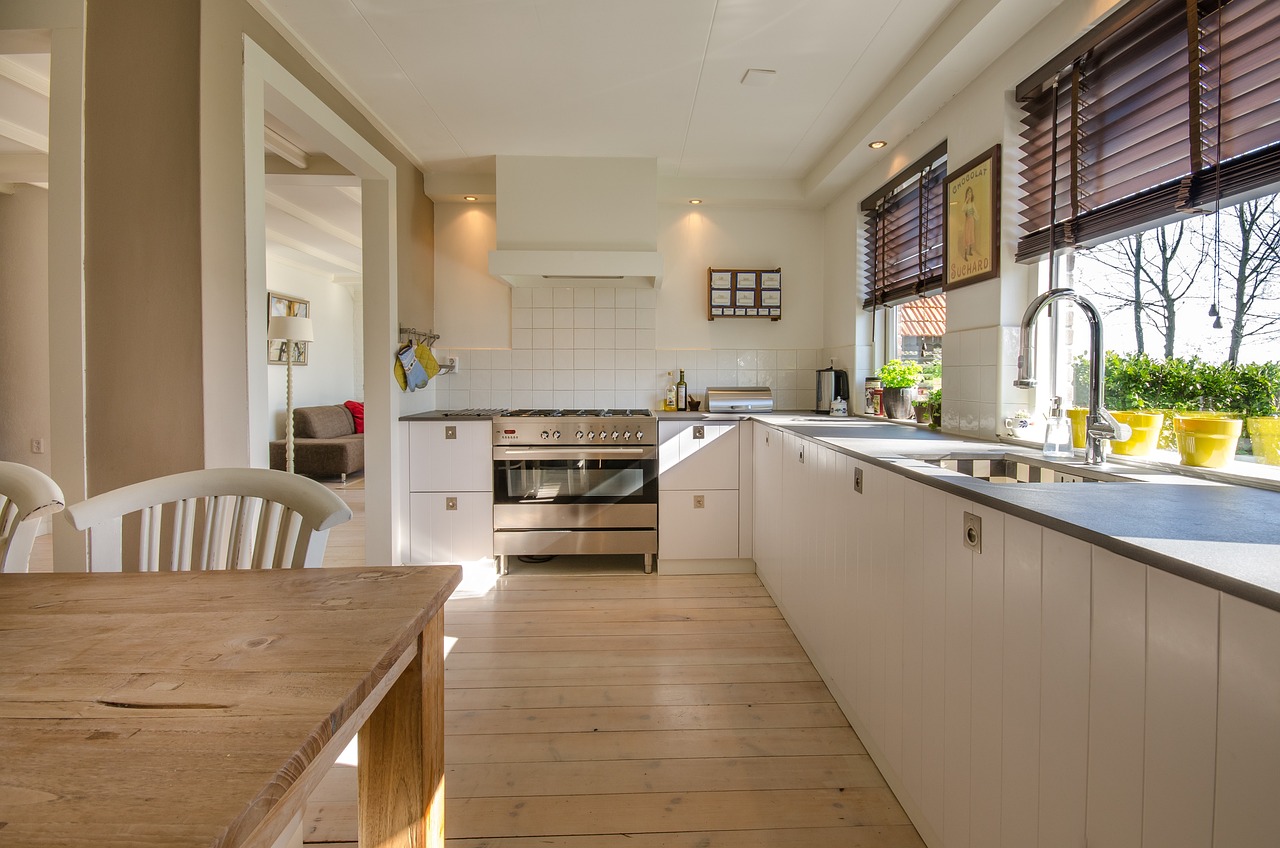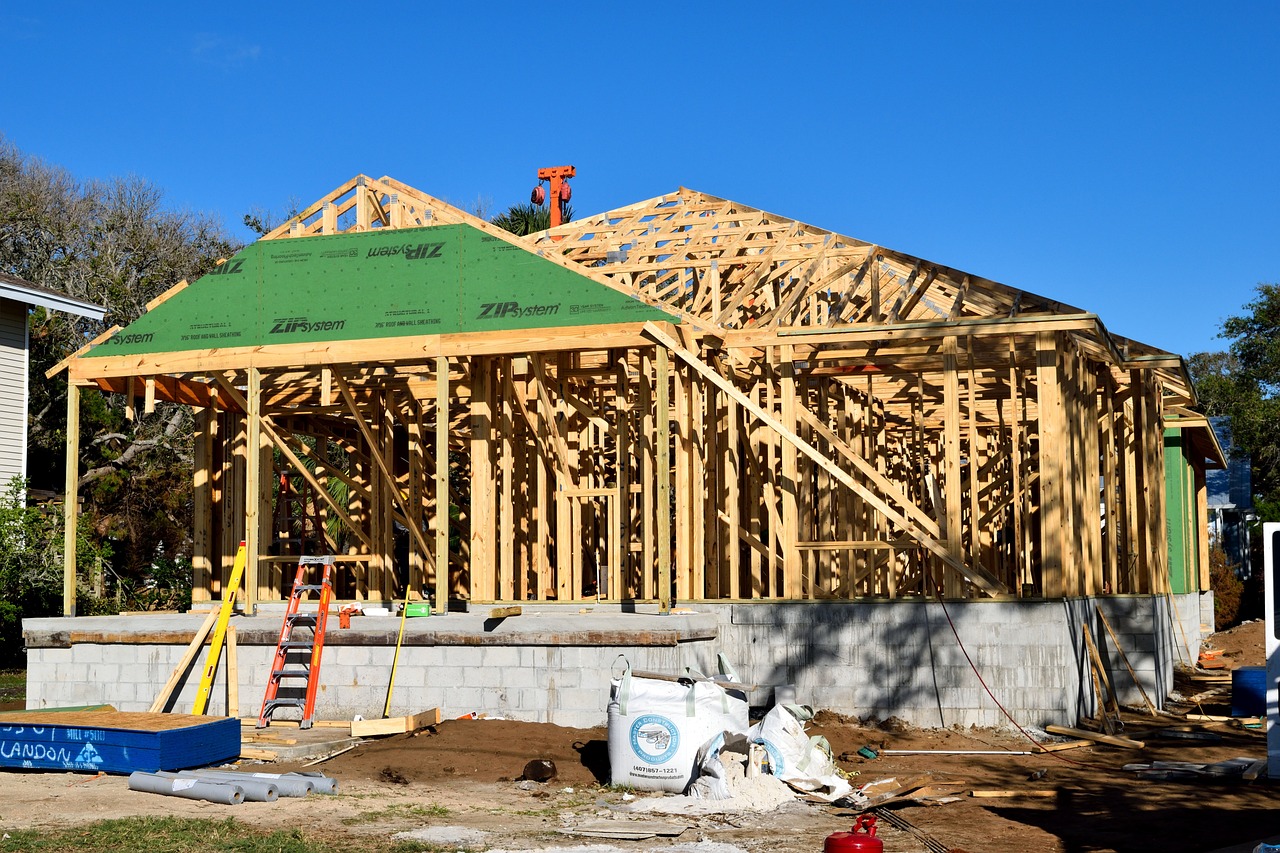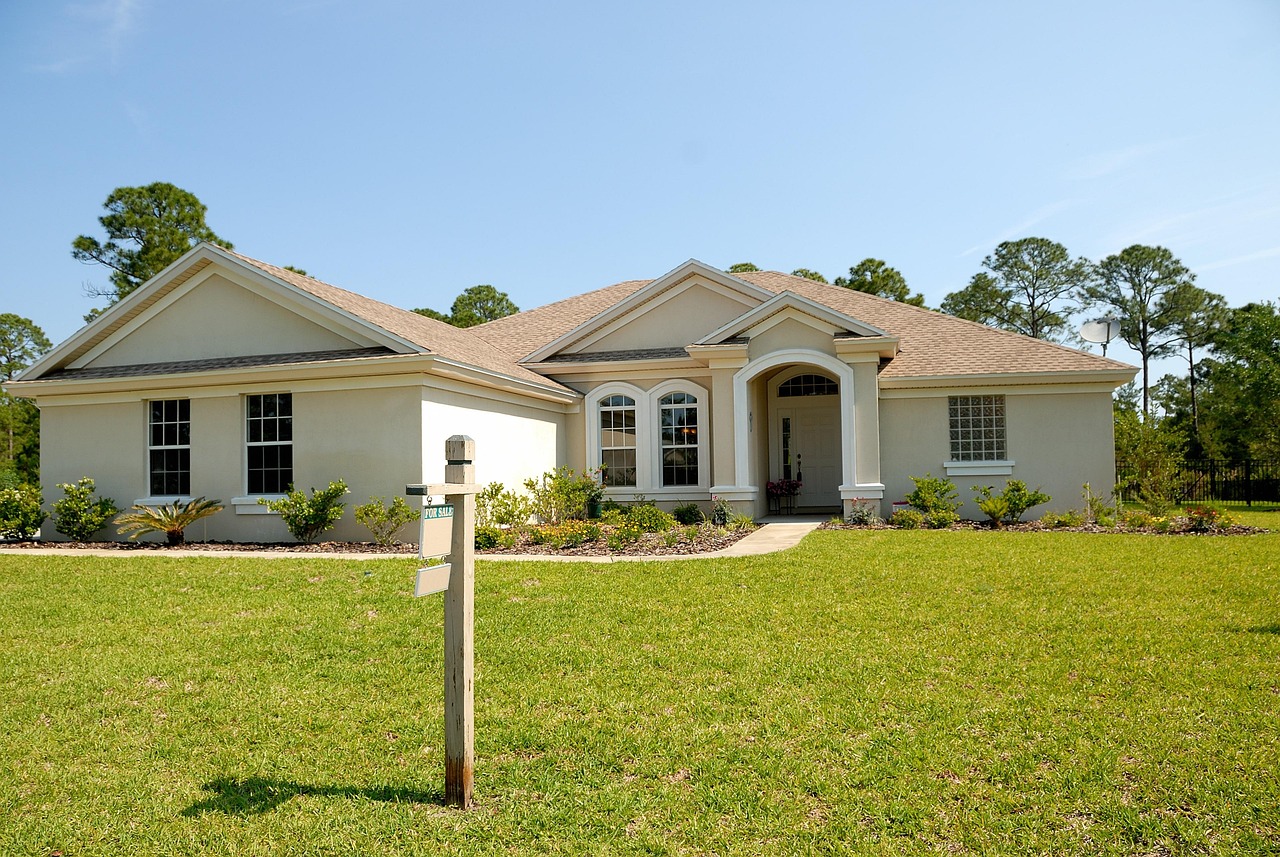Basement renovations offer a practical way to increase living space and add value to a home. By transforming an often underutilized area, homeowners can create functional rooms such as bedrooms, home offices, or entertainment areas. A well-planned basement renovation can enhance a home’s usability while potentially boosting its market value.
The scope of a basement remodel can vary significantly, from simple finishing with drywall and lighting to more complex projects involving plumbing and full interior design. Whether the goal is additional storage, a cozy family room, or a separate apartment, the possibilities are flexible and adapt to different needs.
Knowing the right steps and planning carefully helps avoid common challenges and ensures a smooth renovation process. This article explores key ideas and expert tips to guide homeowners through transforming their basements into valuable, comfortable spaces.
Basement Renovations Planning
Planning a basement renovation requires careful consideration of financial limits, existing conditions, intended uses, and legal requirements. Each aspect affects how the project progresses and the quality of the finished space.
Setting a Renovation Budget
Establishing a clear budget helps prioritize materials, labor, and design choices. It should include costs for drywall, flooring, lighting, and any plumbing or electrical work needed.
Unexpected expenses are common, so it is prudent to allocate at least 10-20% of the budget for contingencies. Homeowners should also factor in costs for professional services like architects or contractors if applicable.
Breaking down the budget into categories (materials, labor, permits) provides control over spending. This breakdown helps identify areas where costs can be reduced without compromising quality.
Assessing Basement Condition
A thorough inspection of the basement’s condition is vital before starting renovations. Key elements to check include signs of moisture or water damage, foundation cracks, and ventilation levels.
Identifying moisture issues early prevents mold growth and structural damage. If moisture problems exist, waterproofing solutions or drainage systems may be necessary prior to finishing the space.
Structural soundness must be verified to ensure walls, floors, and ceilings can support the intended renovation. This assessment may require a professional contractor or structural engineer.
Defining Functional Uses
Deciding how the basement will be used informs design and layout decisions. Common functions include a family room, home office, rental unit, or home gym.
The intended use influences the type of insulation, lighting, and flooring installed. For example, a rental suite requires separate entrances and additional safety features, while a gym prioritizes durable flooring.
Design should also consider future adaptability. Flexible spaces can be more valuable, allowing the homeowner to change uses as needs evolve.
Obtaining Permits and Codes
Basement renovations often require obtaining permits to ensure compliance with local building codes. This process involves submitting detailed plans and inspections at various stages.
Key codes include ceiling height, emergency egress windows, electrical wiring, and plumbing standards. Adhering to codes maintains safety and avoids legal issues.
Homeowners should contact local building authorities early to understand requirements. Professional contractors typically handle permits but verifying permits before work begins is recommended.
Design and Execution of Basement Renovations
Careful planning during design and execution ensures the basement becomes a functional, comfortable space. Key focus areas include developing a practical layout, addressing moisture issues, improving lighting and airflow, and choosing appropriate flooring and ceiling materials.
Basement Layout and Floor Plans
The basement layout should balance utility and comfort. Starting with a detailed floor plan helps define zones for activities like living, working, or storage.
Open floor plans maximize space but might require strategic partitions for privacy. Consider traffic flow and access points like stairs and doors.
Planning for plumbing and electrical needs early avoids costly changes later. Rooms with plumbing demands, such as bathrooms or kitchens, should ideally be near existing lines.
Design must comply with local building codes, especially for ceiling heights, emergency exits, and insulation. Accurate measurements and professional input ensure a viable plan.
Moisture Control and Waterproofing
Moisture control is critical to prevent mold, structural damage, and poor indoor air quality. The first step is inspecting for leaks, dampness, and cracks in walls or floors.
Installing a vapor barrier on walls and floors reduces moisture intrusion. Exterior waterproofing may involve drainage systems, sump pumps, and sealing foundation walls.
Interior solutions often include dehumidifiers and proper ventilation. These keep humidity low and support a healthier environment.
Regular maintenance is needed to check seals, gutters, and sump pumps. Preventive measures protect renovation investments and occupant health.
Lighting and Ventilation Solutions
Basements naturally lack adequate daylight and airflow, making lighting and ventilation crucial. Combining ambient, task, and accent lighting creates a versatile, well-lit environment.
LED fixtures are energy-efficient and can mimic natural light tones. Recessed lights save headroom while wall sconces add style.
Ventilation requires both mechanical systems and natural methods. Installing exhaust fans helps remove stale air and moisture.
Where possible, use egress windows or vents to introduce fresh air. A balanced ventilation system prevents dampness and odors, improving comfort.
Flooring and Ceiling Options
Selecting flooring depends on basement conditions and intended use. Waterproof vinyl, ceramic tile, and sealed concrete resist moisture and are low-maintenance.
Carpet and engineered wood work well if moisture is controlled but are less durable in damp settings. Adding underlayment can improve insulation and comfort.
Ceiling choices should consider height restrictions and utility access. Drop ceilings allow easy access to pipes and wiring but reduce headroom.
Drywall ceilings offer a finished look but complicate future repairs. Moisture-resistant materials are recommended in all cases to prevent damage.



